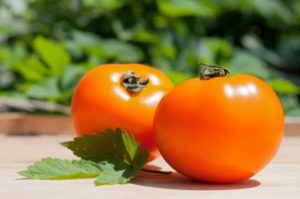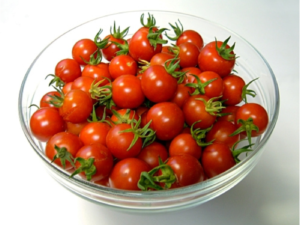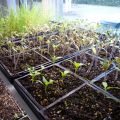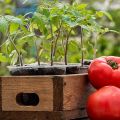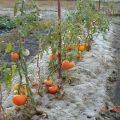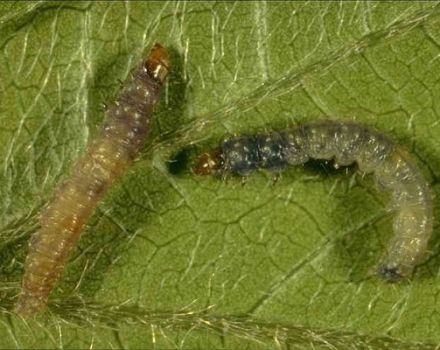What can be planted after a tomato next year
When growing various plant crops, it is necessary to change the places of their planting every year, as this will allow you to get the maximum yield and maintain the optimal acid-base balance of the soil. Almost all gardeners grow tomatoes, so they often ask themselves: what can be planted after a tomato?
There are a number of crops that respond favorably to planting in a former tomato growing area. However, before replanting them, it is necessary to prepare the soil, saturate it with fertilizers using organic and mineral dressings.
Growing in greenhouses
Most often, summer residents grow tomatoes in greenhouses. If there are several greenhouses in the garden, alternating planting of tomatoes and cucumbers is considered the best option. After the end of each season, the soil in the greenhouse should be thoroughly disinfected for the spread of fungus.
This approach to cultivation will reduce the likelihood of diseases of the planted crops, since they belong to different families.
Before planting cucumbers in the place where tomatoes grow, the soil in the greenhouse should be thoroughly disinfected and fertilized. After a year, tomatoes can be planted again in the place of cucumbers.
Can you plant tomatoes in the same place for years if only one greenhouse is built in the garden?
If the summer resident does not have the opportunity to change the place of planting tomatoes, then for their cultivation in a greenhouse for several years, for the winter period - after harvesting, it is necessary to plant mustard. At the same time, mustard should be grown in order to fertilize the soil. In addition to the fertilizing function, mustard perfectly disinfects the soil, evens out its acid-base balance and normalizes the composition.

In autumn it is necessary to collect and burn the remains of tomato bushes. In the spring, the mustard is harvested, and after that the tomatoes can be planted in their original place.
Do not plant tomato bushes in a greenhouse several times in a row. Between plantings, crops must be planted that will help the soil to normalize the acid-base balance, make it more fertile. This is due to the fact that tomatoes deplete the land, and in the conditions of greenhouse structures, this process is activated, since the soil in them is isolated from the external environment.
Also, such cultivation provokes the accumulation of harmful bacteria and spores, which increases the risk of re-infection of tomato bushes with phytospores or other characteristic pathologies, even after tillage.
Growing in open beds
What can be planted after tomatoes other than cucumbers? In place of tomatoes, you can plant zucchini or squash. These plants will not only delight the summer resident with a rich harvest, but also with the density and quality of the vegetables grown.Next year, onion and garlic can be grown in place of tomatoes.
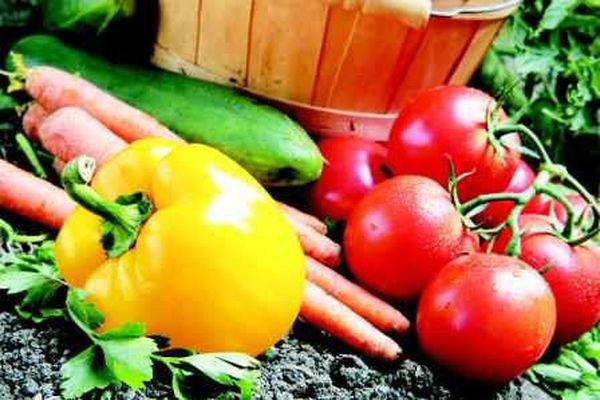
This arrangement will not affect the yield of these vegetables in any way. Moreover, onions and garlic perfectly disinfect the soil in which they grow. Such treatment makes it possible to eliminate diseases that have previously spread on tomato bushes and prepare the ground for re-planting tomatoes. It is worth considering that onions should be grown not for feathers, but for turnips.
You can also get an excellent harvest by planting legumes in place of tomatoes:
- beans;
- peas;
- soy;
- beans.
These plants are undemanding to soil and do not need a lot of nutrients. On the contrary, planting them will only benefit the soil. This is due to the fact that leguminous plants saturate the earth with nitrogen, enrich it with organic compounds.
After what transplants can you get a good harvest of vegetables? Subject to the recommendations describing the need to change crops with different depths of the root system, carrots, beets or radishes will be a good substitute for tomatoes. These root vegetables grow at a rather large depth compared to the tomato bush.
This arrangement of the vegetable contributes to the restoration of the soil at an average depth level. This process is due to the fact that roots absorb nutrients from deeper layers of the earth than tomatoes.
In order for a new plant to be distinguished by health and productivity, it is better to plant crops belonging to a different family in place of tomatoes. For example, these plants include various herbs: dill, parsley, lettuce, celery. Such greens will not only actively grow and develop, but will also delight the summer resident with an excellent aroma, rich taste and composition, enriched with vitamins and useful substances. Also, in a tomato place, various types of cabbage will feel good.
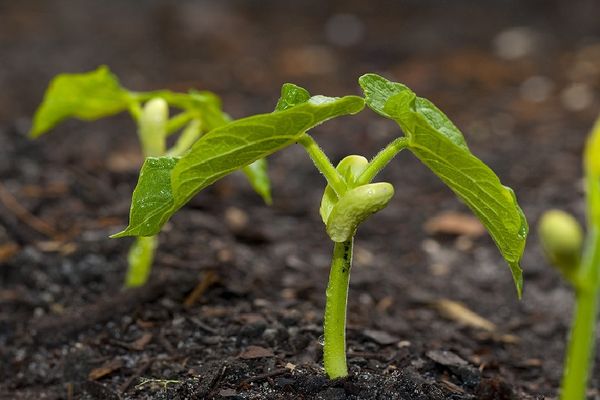
What to plant next year after tomato? The best option for planting in a place where tomatoes grew are green manure. These plants act as plant fertilizers, the main function of which is to restore the soil balance, as well as enrich its composition with various useful substances and microelements. It is worth considering that after planting the grown green manures in the soil, tomato bushes can be re-planted in their place. The best option siderata for tomatoes mustard is considered.
Not recommended crops
The following crops should not be grown in the place where the tomatoes were planted:
- other or similar varieties of tomatoes;
- potatoes;
- tobacco;
- physalis;
- strawberries;
- strawberries;
- eggplant.
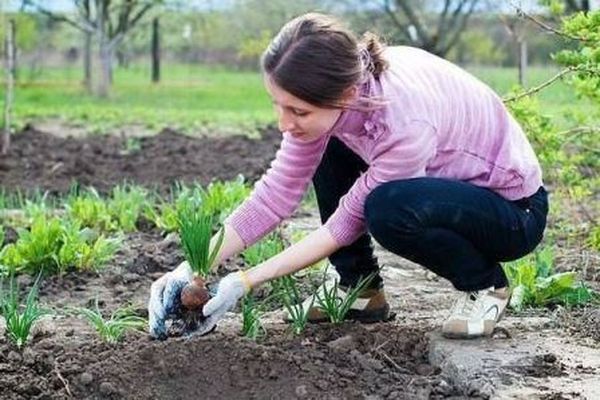
This recommendation is due to the fact that tomatoes with the listed crops are affected by similar diseases and pests. Therefore, even after disinfection of the soil, signs of pathologies that previously affected the planted tomatoes may appear on new plants grown.
In order to avoid this, the listed crops should be planted away from the growing areas and the former growing area of tomatoes.
There is another argument against the planting of these crops in the former place of growing tomatoes. The fact is that tomatoes make the soil more acidic, and in such an environment the listed plants cannot fully grow, develop, and most importantly, bear fruit. Because of this, crops planted in the wrong place either die or give a poor harvest.
What can be planted after a tomato from melons? The answer to this question is unequivocal: nothing. This is due to the fact that watermelons, melons or pumpkins planted on a former tomato site will bear poor fruit, and the summer resident will receive a very modest harvest.
Many summer residents plant bell peppers next to the tomatoes. It is not recommended to carry out such a planting in a garden on which tomatoes were previously grown for only one reason: the yield of bell peppers can be significantly reduced. If such a prospect does not frighten the gardener, he can plant this plant culture in place of tomatoes without fear of disease or pest damage to the bush.
general information
The following table can be used to understand which plant crop is best suited for planting tomatoes next year.

It also needs to pay attention to the degree of advisability of planting a particular crop.
| Plants that produce bountiful crops at the site of tomato growth | Plants that are not affected by diseases and give an average yield in the former place of growing tomatoes | Plants adversely responding to their planting in the place of tomatoes |
| Turnip | Cabbage of medium and late varieties | Potatoes |
| Cucumbers | Beet | Tomatoes of another or similar variety |
| Greenery | Onion | Strawberry |
| Various siderates | Bell pepper | Strawberry |
| Cauliflower | Garlic | Physalis |
| Peas | Carrot | Tobacco |
| Soy | Eggplant | |
| Peanut | Pumpkin | |
| Beans | Watermelon | |
| Zucchini | Melon | |
| Patissons | ||
| Celery | ||
| Salad | ||
| Dill | ||
| Parsley |
All recommendations provided are general in nature. The summer resident himself should choose what to plant from vegetables, berries or herbs the next year after tomatoes. This is due to the fact that the soil in each region has its own individual characteristics, and certain areas are characterized by a more active spread of this or that disease.
Replacing the places where crops grow, gives good results in the process of soil restoration, providing preventive measures in relation to diseases and pests.
Also, after such transplants, there is an improved absorption of nutrients from the soil by plants, rational use of fertilizers.
